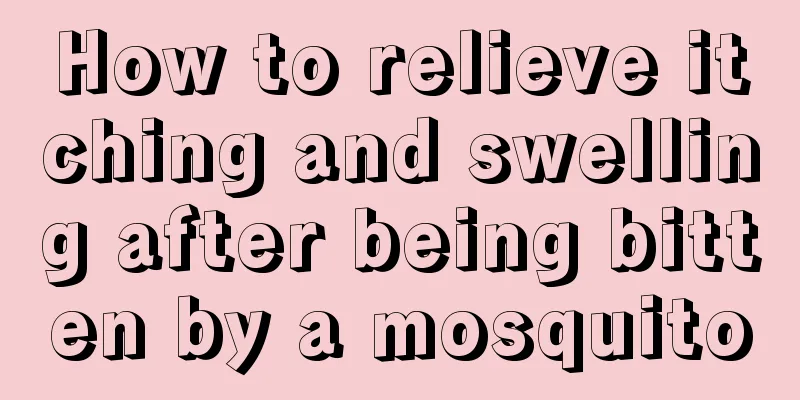What are the silicone-free shampoos

|
Silicone oil is widely used in shampoo, but similar shampoos are very harmful because they are insoluble in water and often lead to clogged hair follicles, causing dry and damaged hair, and even hair loss. Therefore, after knowing the harm of silicone shampoo, many people began to pay attention to silicone-free shampoo. So, what are some silicone-free shampoos? Let’s take a closer look below. Traditional shampoos use silicone oil and cationic polymers as conditioning ingredients. When we wash our hair, some of the silicone oil will be deposited on the hair to work. At the same time, because the shampoo itself has a cleansing effect, some of the silicone oil will also be washed away. But this process of depositing and washing away silicone oil is not always the same amount each time it is used. Specifically, silicone oil will be deposited more and more on the hair as the number of uses increases. And this problem will occur no matter which silicone oil deposition technology the silicone oil shampoo uses. After using it 5 to 9 times, the silicone oil deposition will be the highest, and your hair will feel greasier than when you first started using it. Your hair will hang down, have no sense of volume, and become more and more susceptible to dust. At this time, silicone-free shampoo can work. Silicone-free shampoo can wash away the silicone oil and cations that remain on the hair, thereby keeping your hair in a healthy state with zero silicone oil or less silicone oil deposition. If consumers want to identify whether shampoo contains silicone oil, they just need to check the ingredient list on the packaging. If it is marked "polydimethylsiloxane", it is silicone oil. In addition, consumers can also conduct simple tests to determine the silicone oil content. Prepare a small cup of clean water, squeeze a drop of shampoo or conditioner containing silicone oil into the cup, and see if it will dissolve quickly in the water. If it dissolves in water quickly, it means that the silicone oil content is low; if it is deposited at the bottom of the cup and is insoluble in water, it means that the silicone oil content is relatively high. How to use 1. Wet your hair thoroughly before using silicone-free shampoo: to better wash away dirt and avoid damaging the scalp. It is best to use warm water, between 30 degrees and 40 degrees, to wash your hair. 2. Rub the silicone-free shampoo on your palms before applying it to your hair: it reduces the burden on your hair and prevents the residue of alkaline substances. 3. The shortest washing time should not be less than 3 to 5 minutes: Especially near the back of the head, oil is prone to accumulate, so it takes more time to clean than other parts. 4. Don’t just wash your hair, pay attention to cleaning your scalp: sebum accumulation on the scalp can easily breed bacteria and produce dandruff, and can also easily cause hair loss. 5. Rinse silicone-free shampoo thoroughly: Rinse once is definitely not enough, rinse your hair several times before using conditioner. 6. You can also try head massage at home: gently massage your scalp with your fingertips instead of your nails for 3 weeks to help relax your skin. 7. Correctly understand the role of silicone-free shampoo: it removes dirt and sebum from hair and improves the hair growth environment. It has different effects from conditioner and cannot replace each other. 8. Do not wash your hair twice a day: Over-opening the hair scales will cause hair damage and also wash away necessary oils. 9. Take some time to find a shampoo that suits you: It is a bit hasty to judge after using it only once or twice. The effect of continuous use should be the basis for judgment. 10. When using silicone-free shampoo, it is best to use the matching hair mask or conditioner. The matching products can better play the role of silicone-free shampoo. |
<<: What is silicone oil and what are the hazards
Recommend
What diseases can be caused by excessive anger?
In daily life, it is common to be angry and hurt ...
How to treat and relieve bloating?
Many people, especially office workers, suffer fr...
What does cin2, a precancerous lesion of the cervix, mean? What are the risk factors for cervical cancer?
Cervical cancer is very common in our lives today...
What are the dietary and lifestyle principles after rectal cancer surgery and chemotherapy?
With the progress of the times, people's livi...
A 58-year-old woman jogged for 20 minutes every day, and got cancer one year later? Doctor: Too careless
Today, let's talk about a serious and interes...
Does hair loss due to zinc deficiency when washing hair?
There are many reasons for hair loss. The more co...
How to remove eye bags
Eye bags make a person look at least ten years ol...
What is the colon?
There are intestines in the human body, which are...
Can the harm of staying up late be compensated?
More and more people are joining the habit of sta...
What harm do magnets do to the human body
In reality, many products are widely used around ...
What are the disadvantages of shaving armpit hair
In summer, women tend to wear cooler suspenders a...
What are some tips for removing oil stains from sports shoes?
The dirt on shoes is very annoying because it aff...
What to do if you have pseudo-allergy to your skin
Everyone knows that the human body can experience...
How to treat early bone cancer
How to treat bone cancer in its early stages? The...
How is bronchial lung cancer usually operated on?
How is bronchial lung cancer usually treated surg...









